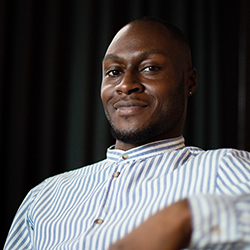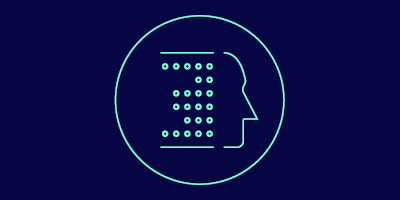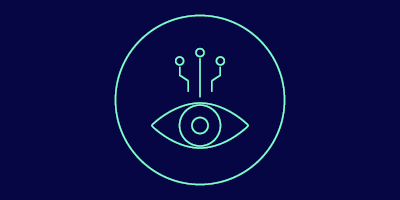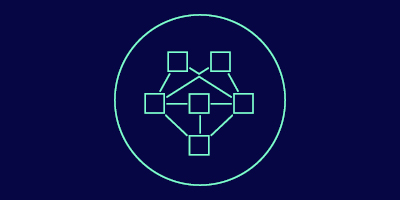Seeing yourself in the curriculum
About this trend
There is a growing call for all learners to be represented in learning. People want learning to reflect them and their context, their knowledge and experiences, their culture and language. This is about people of all backgrounds and histories being represented in learning content, materials and learning approaches.
The concept of seeing yourself in the curriculum has gained particular traction in places like South Africa, among university students protesting against the dominance of white, colonial culture in university education. The decolonial movement, a global political and intellectual movement that aims to address the effects of colonialism on society and individuals is represented by protest movements such as #RhodesMustFall in South Africa and the toppling of the Colston statue in the UK.
Seeing yourself in the curriculum is about a lot more than just adding some books or stories to existing material however. It requires a re-thinking of the whole way learning is approached and delivered to ensure it’s properly inclusive and that everyone’s history, knowledge and context is represented and valued. It means learning teams thinking about who delivers content, how it’s delivered and how it’s assessed, as well as the learning material itself. Given the diverse and global make-up of many workforces, learning practitioners also need to think about multilingualism and translanguaging (enabling people to use their home language alongside other languages).
This trend requires L&D to make inclusive, relatable teaching resource choices, such as:
- Choosing examples, case studies and reading material that reflect the diversity in the learning community
- Establishing whether stereotypes or misconceptions are being perpetuated through representation and role models and thinking about how to address any stereotypes
- Recognising how language choices – cultural-specific references or metaphors, for example – create barriers
- Using indigenous materials which bring greater diversity and locally relevant contexts
- Promoting the use of local languages
None of this is purely down to L&D though – learners can provide their own, valuable perspectives on how to make learning more inclusive and representative. It’s up to L&D to ensure that happens.
The expert view
Nathan Nalla, Founder and Director of Be The Riot, an organisation that supports inclusive working culture through facilitated learning workshops

It’s about creating a culture of inclusion, where people feel that they are part of something and are valued as individuals. People want to be seen, to be heard and to meaningfully participate. An organisation’s approach to learning plays a key role in this.
In order for people to learn effectively, content needs to engage them in a meaningful way. It has to ‘land’. Learners being able to ‘see themselves in the curriculum’ comes from providing learning that is completely relevant to the audience; who they are and their specific learning needs. It adds to that sense of being seen, heard and valued, which is crucial for any workplace that wants an inclusive culture.
L&D teams can do more to embed this approach. In terms of equity, diversity and inclusion (EDI), learning is often about how learners can create a more inclusive working environment for people who are underrepresented in the workplace or from minoritised backgrounds. For me, it’s crucial that learning content centres on the lived experiences of those people. Consider who’s writing the content and who’s delivering it. How can their stories be brought to life in an authentic way? How will the content be relevant to those with lived experience and those without? How do we ensure it's a safe space for learning?
For example, rather than using general stats and fictional scenarios, L&D can use the organisation’s data - employee survey responses, demographics, pay gap reports and anonymised real-life scenarios that have been shared in focus groups etc. Saying to learners: “This isn’t about some organisation out there, these are your colleagues’ experiences and these are your stats” is much more engaging. It also generates a sense of responsibility in the learner, so they want to take ownership of creating change.
L&D teams can use this as a formula for other learning content that isn’t EDI-specific and co-design learning content with the intended audience to develop completely relevant material.
In global organisations or organisations that have people who speak different languages, consider how the learning can be tailored. Have people translate content and check for cultural relevance, provide subtitles and additional tools.
Top tips:
- Wherever possible, co-create learning content with your intended learners. Otherwise, seek feedback during the design stage and put the right structures in place for continual feedback once the learning content is available
- Wherever applicable, do cultural sensitivity checks on the learning material. Ensure that appropriate terminology is used and that content is authentic. Ask people from a variety of different lived experiences for their input
- If you’re using case studies and scenarios, see this as an opportunity for diverse representation. Go beyond the obvious and ask yourself who isn’t being represented here. You can use the Equality Act’s protected characteristics as a guide to consider various types of people. But be careful to avoid stereotypes!
- Use a learner matrix and ask “What are their access needs?” This might relate to practical things like employees on the shop floor not having their own laptops, or formatting, locations, language, additional resources and adaptations for those with disabilities or neuro-differences
Increasingly, people want to have their knowledge, experiences, language and context respected and reflected in their learning. This is partly about the use of diverse languages in learning and enabling learners to use their own language, but it’s also broader and deeper than that.
Professor Agnes Kukulska-Hulme
Institute of Educational Technology, The Open University
Resources:
- An article that highlights how translanguaging pedagogies can empower students who are disempowered by the sole use of English as a medium of instruction: Hurst, E. & Mona, M. (2017) Translanguaging as a socially just pedagogy. Education as Change 21 (2.) 126–148. Available at: https://unisapressjournals.co.za/index.php/EAC/article/view/2015/pdf_60
- A book chapter that provides a useful conceptualisation of how knowledge could be decolonised, with some ideas for radical curriculum change, for educators: Jansen, J.D., & Walters, C.A. (2022). Introduction: The Decolonization of Knowledge – Radical Ideas and the Settled Curriculum. In: The Decolonization of Knowledge: Radical Ideas and the Shaping of Institutions in South Africa and Beyond (pp. 1-24). Cambridge: Cambridge University Press
- An article outlining pedagogical strategies for fostering humanity as well as dismantling inequalities of knowledge power relations and privileges among students: Walker, M. (2022). A capabilitarian approach to decolonising curriculum. Education, Citizenship and Social Justice, Online First (1-14) Published online: September 28, 2022. Available at: https://doi.org/10.1177/17461979221123011
Read the original report behind Trends in Learning
|
The Innovating Pedagogy report is an annual report co-authored by academics at the OU's Institute of Educational Technology, and this year, together with researchers from the LIVE Learning Innovation Incubator at Vanderbilt University in the US. |
Find out how we can help your organisation
Please contact us to speak to one of our business team advisors.
Not on our mailing list?
Sign up to receive regular emails that are full of advice and resources to support staff development in your organisation.

.jpg)




